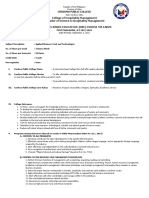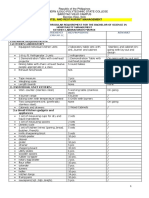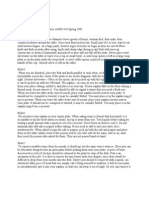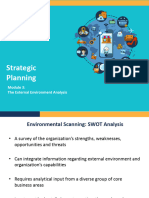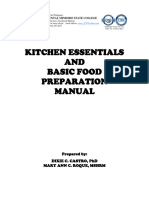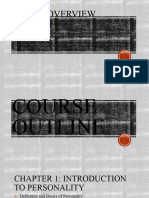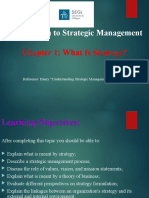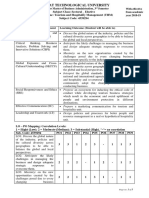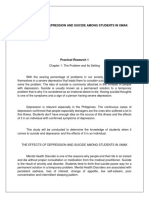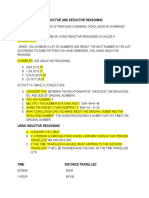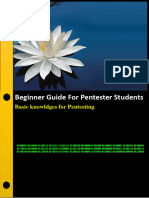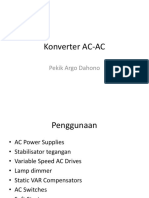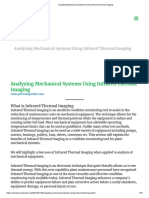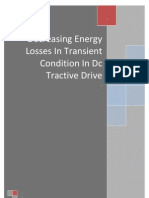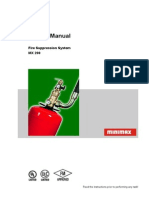100% found this document useful (1 vote)
369 views13 pagesTechnique in Professional Development Stage V
This document discusses intellectual attributes of personality, types of intelligence, factors affecting intelligent behavior, ways to make effective decision making, the 7 steps to effective decision making, and interpersonal relationships. It describes traits like intellectual integrity and humility. It lists 8 types of intelligence and discusses how both genetics and environment influence intelligence. It also outlines techniques for decision making like cost-benefit analysis and defines the 3 types of decision making as business, personal, and consumer. Finally, it provides a brief definition of interpersonal relationships.
Uploaded by
Isha BalangueCopyright
© © All Rights Reserved
We take content rights seriously. If you suspect this is your content, claim it here.
Available Formats
Download as PDF, TXT or read online on Scribd
100% found this document useful (1 vote)
369 views13 pagesTechnique in Professional Development Stage V
This document discusses intellectual attributes of personality, types of intelligence, factors affecting intelligent behavior, ways to make effective decision making, the 7 steps to effective decision making, and interpersonal relationships. It describes traits like intellectual integrity and humility. It lists 8 types of intelligence and discusses how both genetics and environment influence intelligence. It also outlines techniques for decision making like cost-benefit analysis and defines the 3 types of decision making as business, personal, and consumer. Finally, it provides a brief definition of interpersonal relationships.
Uploaded by
Isha BalangueCopyright
© © All Rights Reserved
We take content rights seriously. If you suspect this is your content, claim it here.
Available Formats
Download as PDF, TXT or read online on Scribd
/ 13
